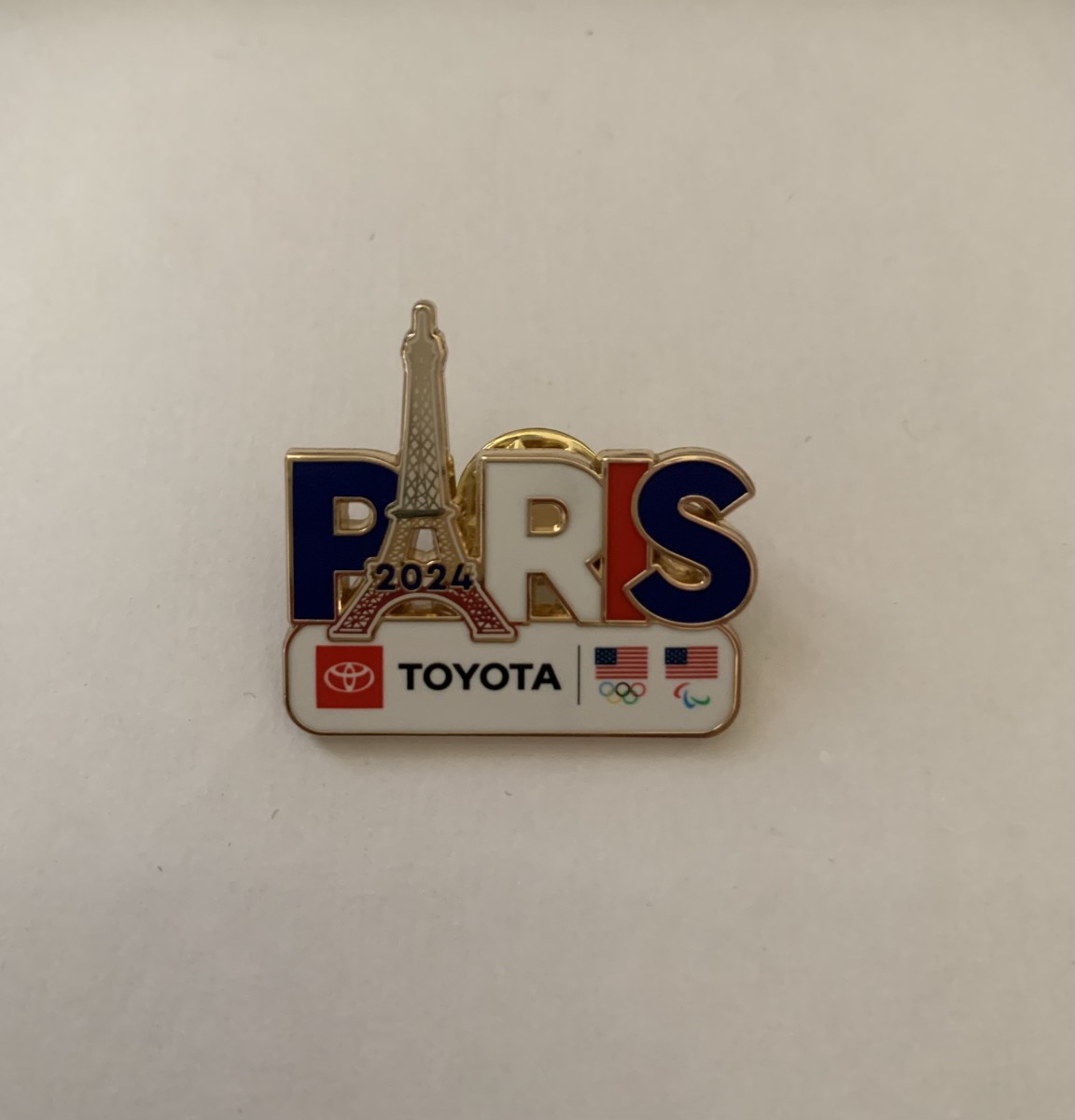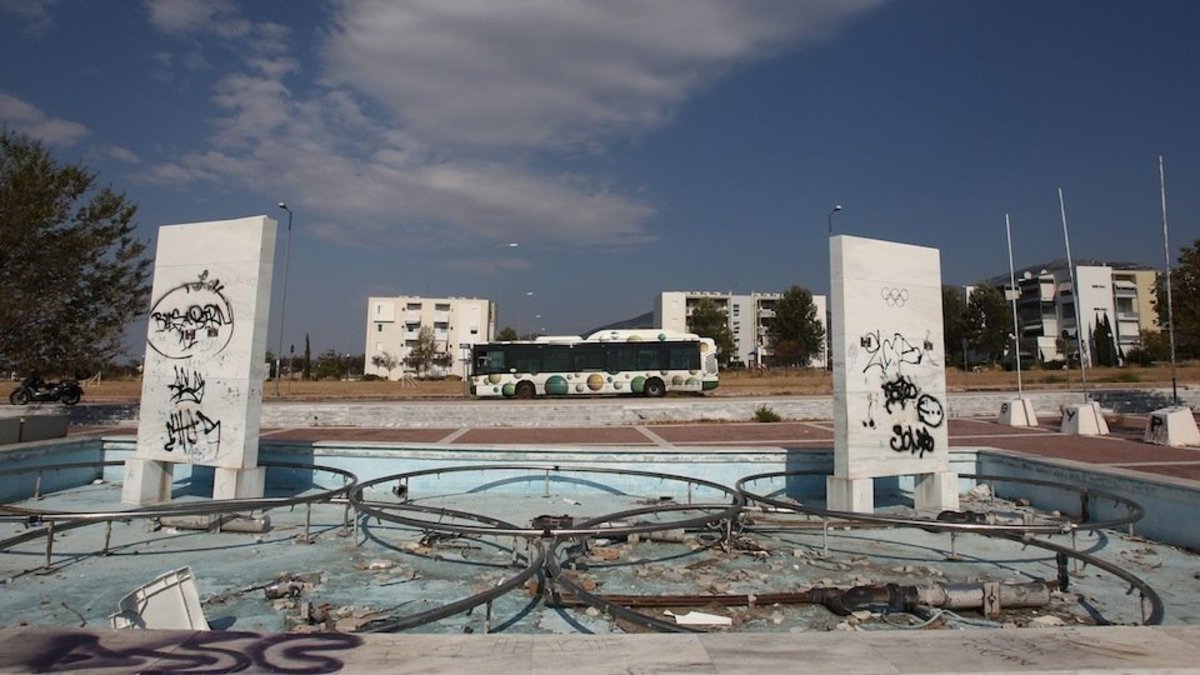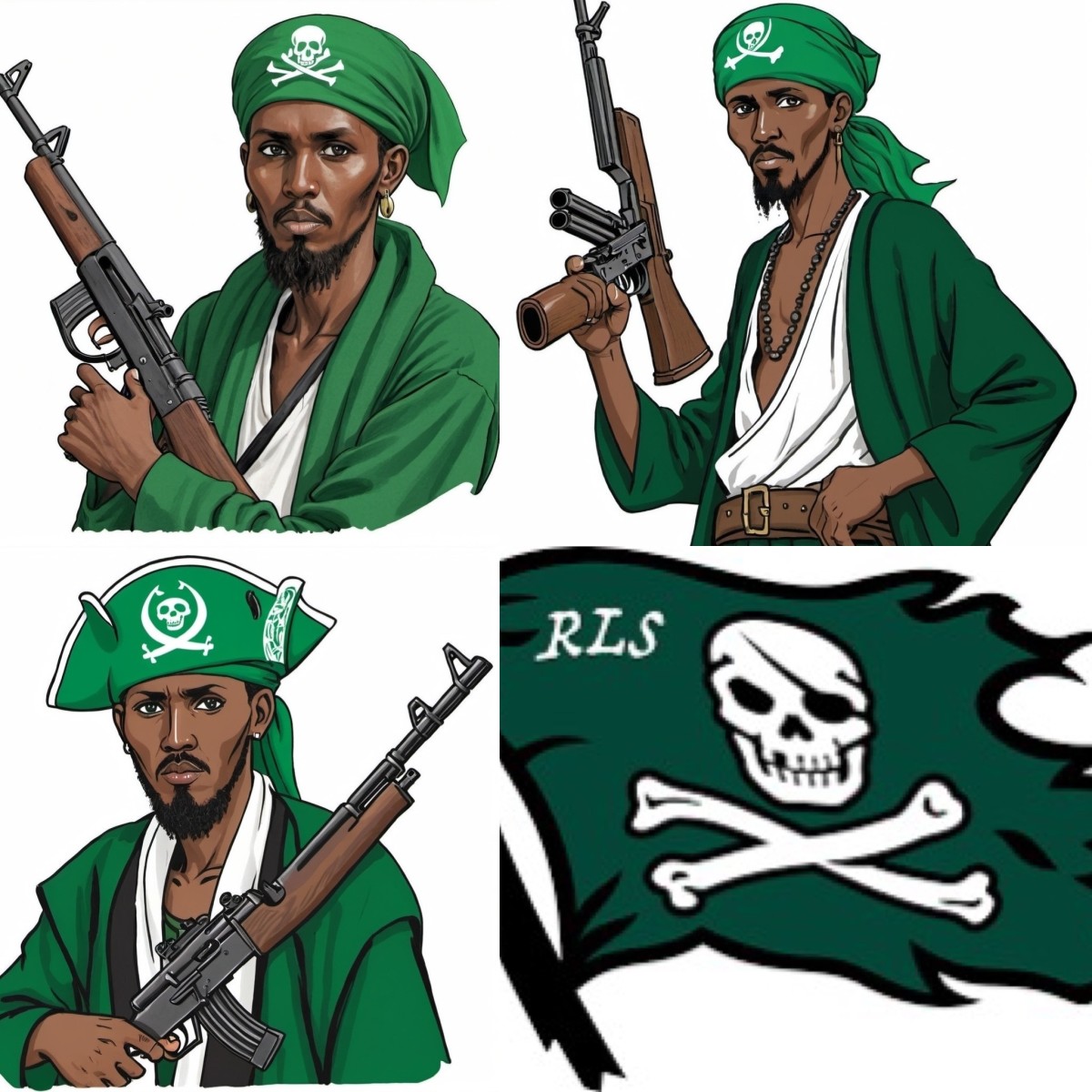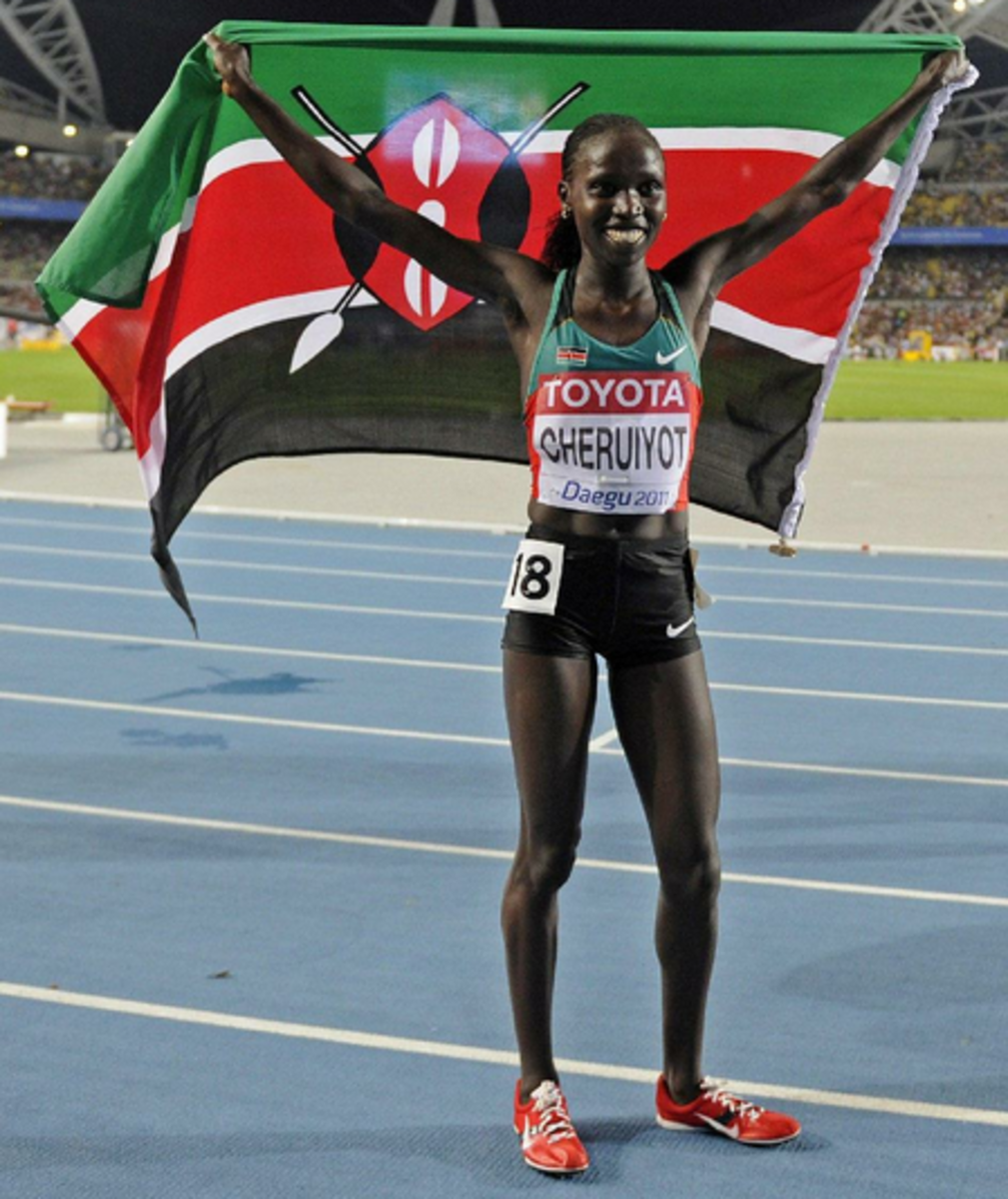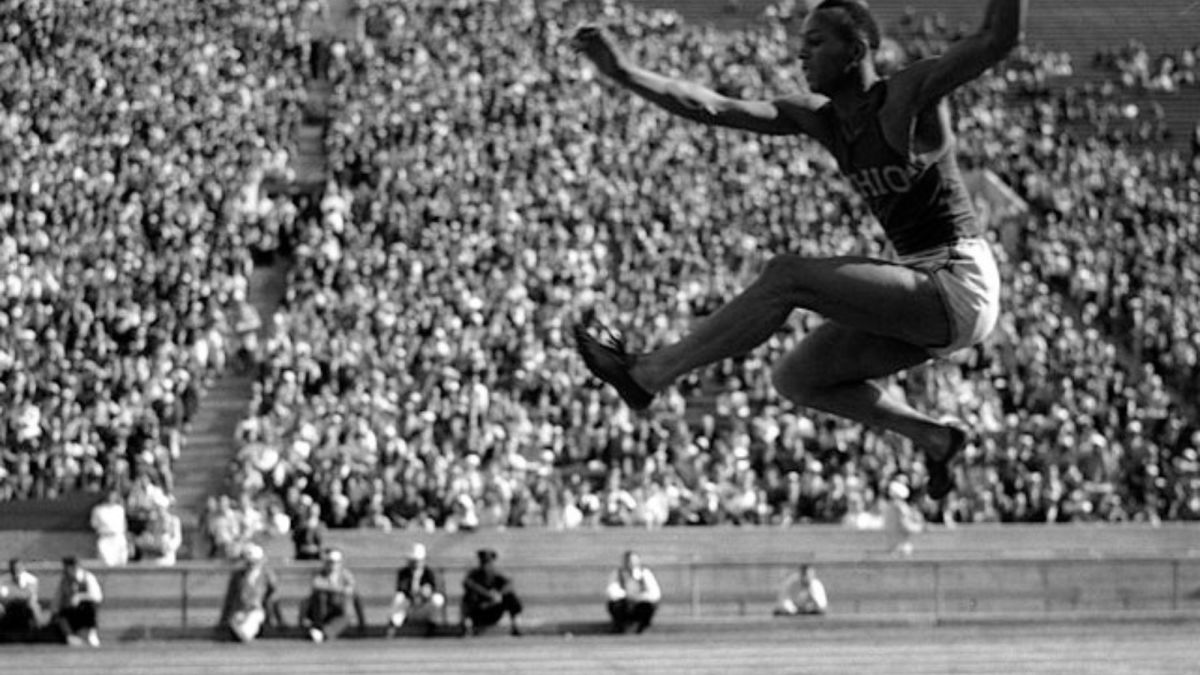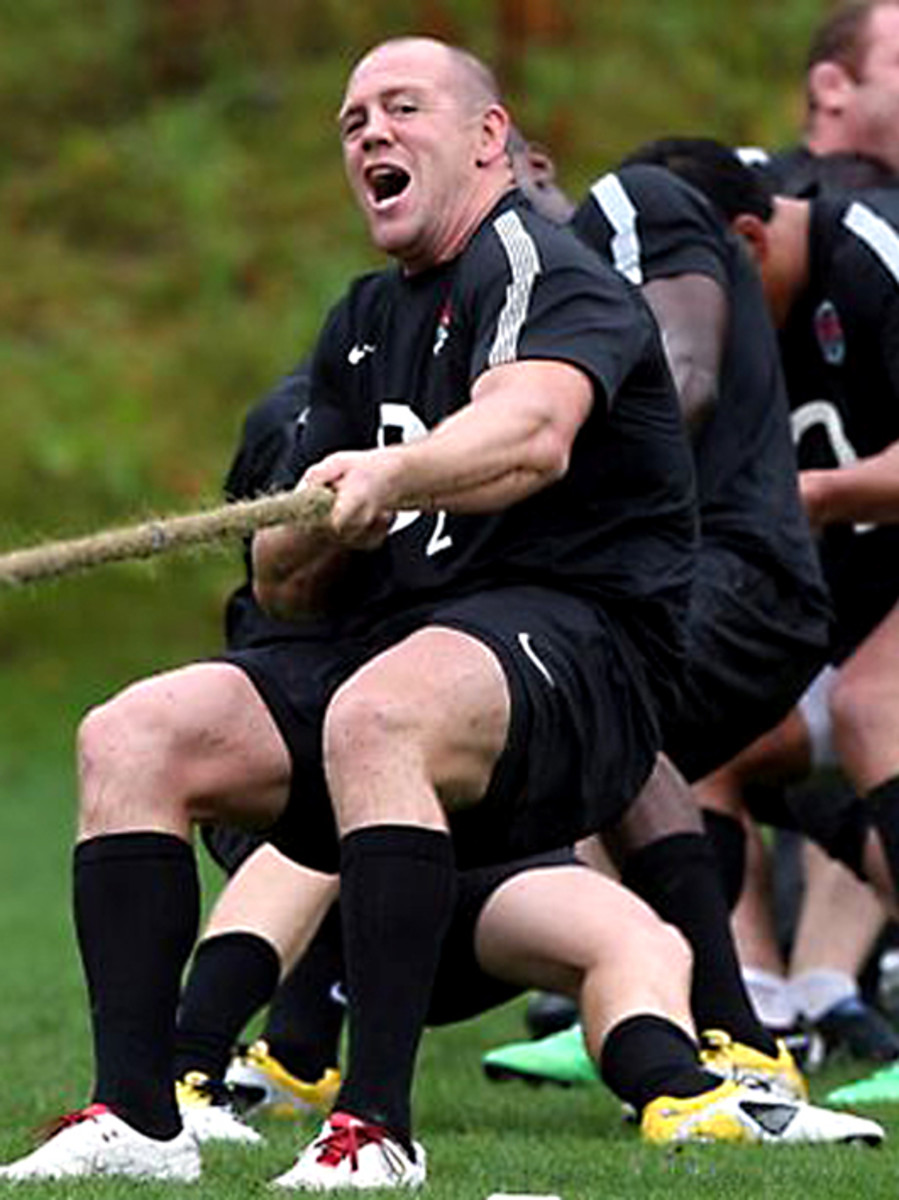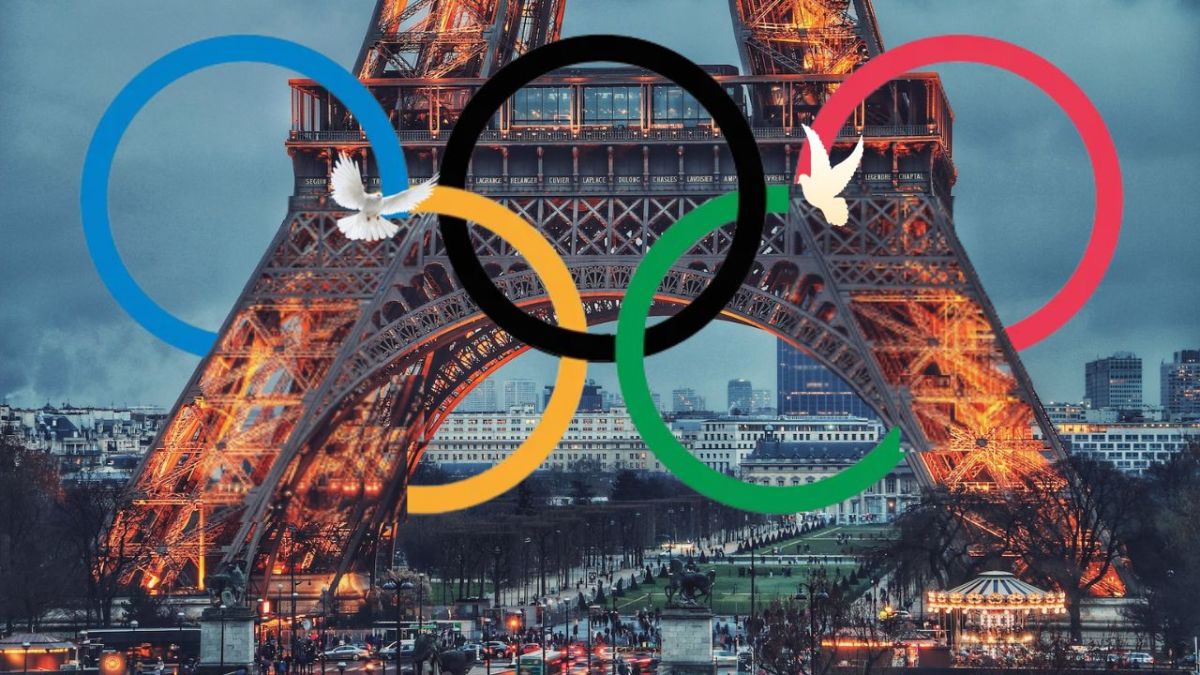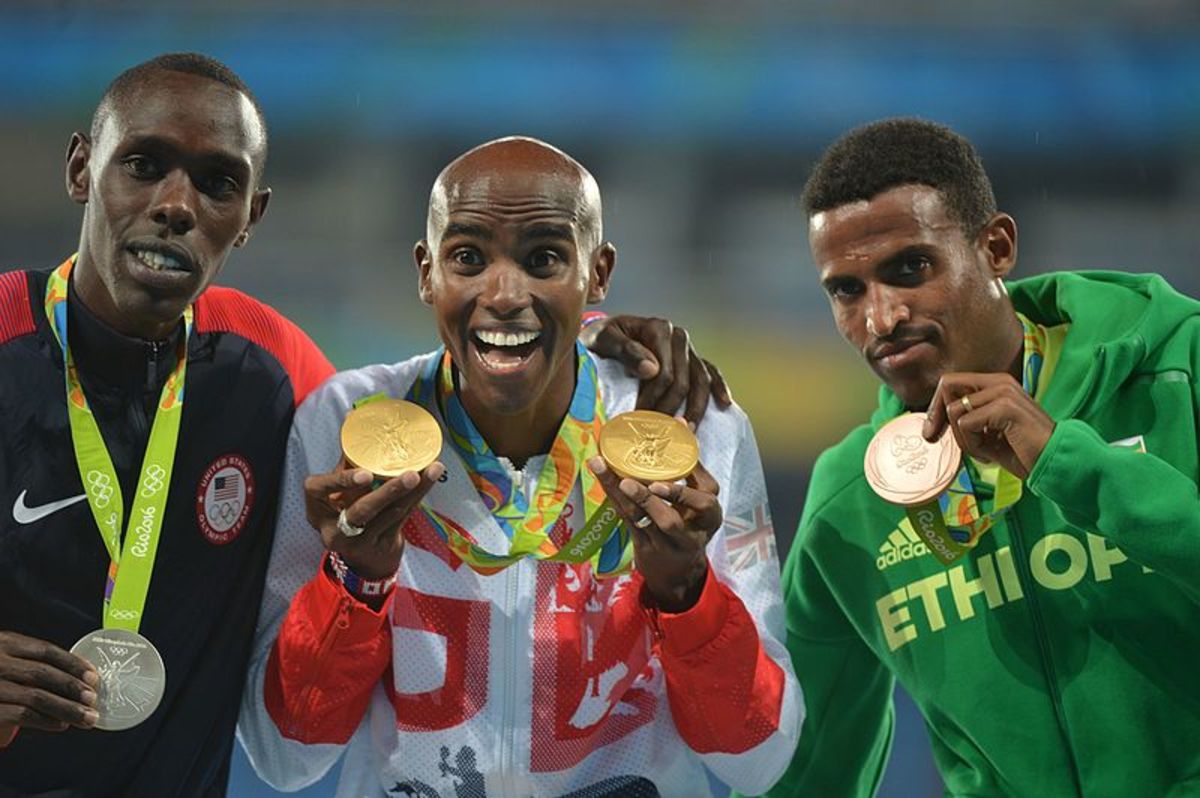All Time Olympic Mascots
History Of Mascots
Mascots were initially created by sports organisations to bring excitement in audience. These were created to add a little extra and different type of entertainment and mostly animals were used to strike fear in opponents.
With change in time, mascots changed from predatory animals to three-dimensional fictional characters. Wearable mascot suits were created to make physical presence and interaction with audience. Since the beginning of Olympic Games in 1968, mascot are being used in these games and host country gets to choose their mascot.
1. Schuss - 1968, Grenoble France
Schuss was the unofficial mascot of the 1968 Winter Olympics in Grenoble, France, featuring a stylized cartoon character wearing skis. Schuss was seen on wearable pins and small toys.

2. Waldi - 1972, Munich
Waldi was the first official Olympic Mascot used in 1972 Munich Olympic Games. He was created by designer Otl Aicher and featured a popular breed of dog known as dachshund from Germany. Waldi described the attributes of an athlete - resistance, agility and tenacity.

3. Schneemann - 1976, Innsbruck Austria
Schneemann was the official Olympic Mascot used in 1976 Innsbruck Olympic Games. He was created by designer Walter Pötsch and featured a tyrolean snowman. Schneemann means snowman in German. Schneemann represented Olympics as Game of Simplicity.

4. Amik - 1976, Montreal Canada
Amik was the official Olympic Mascot used in 1976 Montreal Summer Olympic Games. Amik means beaver in Anishinaabe language The beaver is a nativa animal to canada. Amik represents hard work.

5. Roni - 1980, Lake Placid New York
Roni was the official Olympic Mascot used in 1980 Lake Placid Olympic Games. He was created by designer Don Moss and featured a raccoon, which is a familiar animal from the mountainous region of the Adirondacks where Lake Placid is situated. It was chosen by Lake Placid school children.

6. Misha - 1980, Moscow Russia
Misha was the official Olympic Mascot used in 1980 Moscow Summer Olympic Games. It was designed by Victor Chizikov. Misha was a Russian Bear.

7. VUČKO - 1984, Sarajevo
VUČKO was the official Olympic Mascot used in 1984 Sarajevo Olympic Games. He was created by Slovenian painter Jože Trobec and featured a wolf found in the forests of the Dinaric Alps region. He embodies courage and strength and symbolizes winter.

8. SAM- 1984, Los Angeles United States
SAM was the official Olympic Mascot used in 1984 Los Angeles Olympic Games. He was created by C. Robert Moore, Walt Disney Productions and featured an eagle. Sam looks friendly and cheerful to embody the optimism of the Olympic spirit. His hat design of american national flag which shows part of american culture.

9. Hidy And Howdy- 1988, Calgary Canada
Hidy and Howdy mascots represent the hospitality of Calgary region. Hidy means "Hi", and Howdy is the shoert form of "how do you do". Names were choosen in contest organised by Calgary Zoo. Hidy and Howdy are two polar bears.

10. Hodori- 1988, Seoul South Korea
The Hodori is a tiger. "Ho" means tiger in Korean and "Dori" is a word to represent masculinity. The tiger is a major artistic symbol in Korea and often comes in many legends. It represented bravery and nobility. The mascot was chosen by general public poll.

11. Cobi - 1992, Barcelona Spain
Cobi was the official Olympic Mascot used in 1992 Barcelona Olympic Games. He was created by Javier Mariscal and featured an Pyrenean mountain dog. Cobi was selected by jury team in a competition conducted by organizing committee.

12. MAGIQUE - 1992, Albertville France
Magique was the first mascot which had not featured an animal. He was an imp (a small devil) in the shape of star. He was created by designer Philippe Mairesse. He symbolized dreams and imaginations & his color came from national flag of France.

13. HAAKON AND KRISTIN - 1994, Lillehammer Norway
Haakon and Kristin are two historical character and were official mascot of 1994 Lillehammer Olympic games. They are two happy Norwegian children wearing medieval cloths and first mascot in human form. Haakon was the king of Lillehammer region around 1200 AD, whereas Kristin was his aunt.

14. IZZY - 1996, Atlanta United States
Izzy was the official mascot of 1996, Atlanta Olympic Games. It was the first mascot which was neither animal nor human nor an object. It was designed and created by John Ryan, DESIGNefx. Izzy was a blue character wearing training shoes and had five Olympic rings on various parts of his body.

15. SUKKI, NOKKI, LEKKI AND TSUKKI - 1998, Nagano Japan
Sukki, Nokki, Lekki and Tsukki had featured for snow Owls also called Snowlets. Snowlets had many meaning. First description created by dividing the word in two parts, "snow" and "let's". Snow represented the winter season whereas let's described as invitation to come. Since four characters represented Owls and Owlets are young Owls, Snowlets also described as young Owls. Mascots represented the four elements fire (Sukki), air (Nokki), earth (Lekki) and water (Tsukki).

16. SYD, OLLY AND MILLIE - 2000, Sydney Australia
Three different characters featured a duck-billed platypus (Syd), a kookaburra (Olly) and an echidna or spiny anteater (Millie) created by Matthew Hatton. They are named as Syd for Sydney, Olly for Olympics, and Millie for new millennium. All three animals are native to Australia and represented three elements water, air and earth respectively.

17. POWDER, COAL AND COPPER - 2002, Salt Lake City United States
Three official mascots of 2002 Olympic game represented natural resources, snow and land of Utah state where games were hosted. Mascots featured a snowshoe hare (Powder), a coyote (Copper) and a black bear (Coal) and they illustrated the Olympic motto Citius, Altius, Fortius (faster, higher, stronger).

18. PHEVOS AND ATHENA - 2004, Athens Greece
The official mascots of 2004 Olympic games were created after two Greek Gods, Apollo (Phoebos) and Athena. Apollo is the God of light and music whereas Athena is Goddess of Wisdom and protector of city of Athens. Phevos and Athena are brother and sister and were created by designer Spiros Gogos. They symbolized the unity of men and women, through equality and brotherhood.

19. NEVE AND GLIZ - 2006, Turin Italy
Neve and Gliz created by artist Pedro Albuquerque, represented winter Olympic games. Neve means snow and symbolized harmony and elegance of movement. Gliz means ice and symbolized power and strength of athletes. They were chosen in an international contest conducted by organizing committee.

20. BEIBEI, JINGJING, HUANHUAN, YINGYING, NINI - 2008, Beijing China
All five mascot collectively means “Welcome to Beijing” (Bei Jing Huan Ying Nin). These mascot are called "Fuwa" and considered as Good Luck Dolls. All mascot represented natural elements. Beibei the fish (water element), Jingjing the panda (Forest element), Yingying the Tibetan antelope (Earth element), Nini the swallow (Sky element), and Huanhuan symbolises fire and the Olympic spirit.


